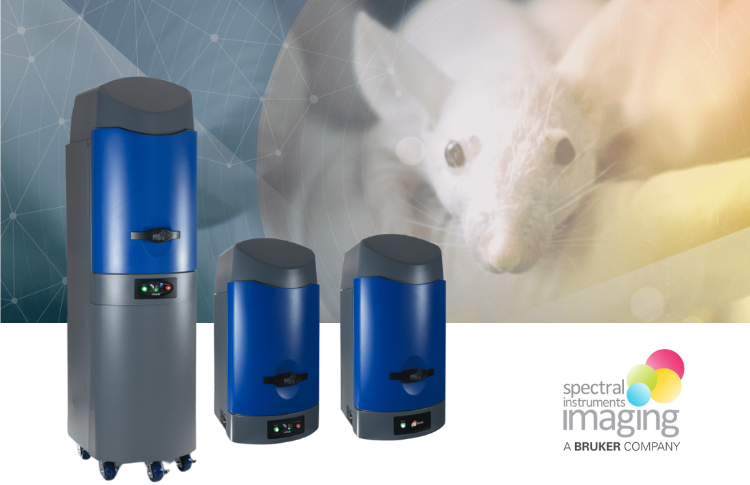Qualified restoration and professional maintenance of cultural heritage restoration are achieved through comprehensive research on materials, ageing, interplay, and environmental factors. This research-driven approach ensures precise restoration and enduring preservation of valuable cultural assets.
Executing high-quality restoration necessitates a series of rigorous studies to meticulously forecast the enduring value and preservation prospects based on their outcomes. These research findings, alongside material transformations, must be accessible to all engaged restorers, facilitating a comprehensive grasp of correlations between research outcomes and the specific object’s condition. This depth of understanding informs restoration methodologies and aids in selecting optimal treatment approaches. It enhances restoration techniques, including the indispensable assessment of new materials’ impact on cultural values during processing and over time.
ZEISS, a leading manufacturer of precision microscopes, engages in global collaboration with cultural heritage restorers, offering pioneering solutions for heritage restoration. Our extensive range encompasses traditional light and electronic microscopes, ensuring optimal performance for meticulous work. Moreover, every ZEISS microscope seamlessly projects results onto external displays like monitors, computers, or tablets, enhancing your workflow and analysis.
Read more about light and electronic microscopes used for restoration here.

Useful links:
Interested? Contact Us:


